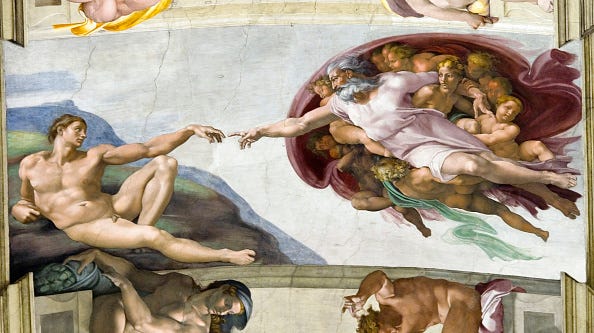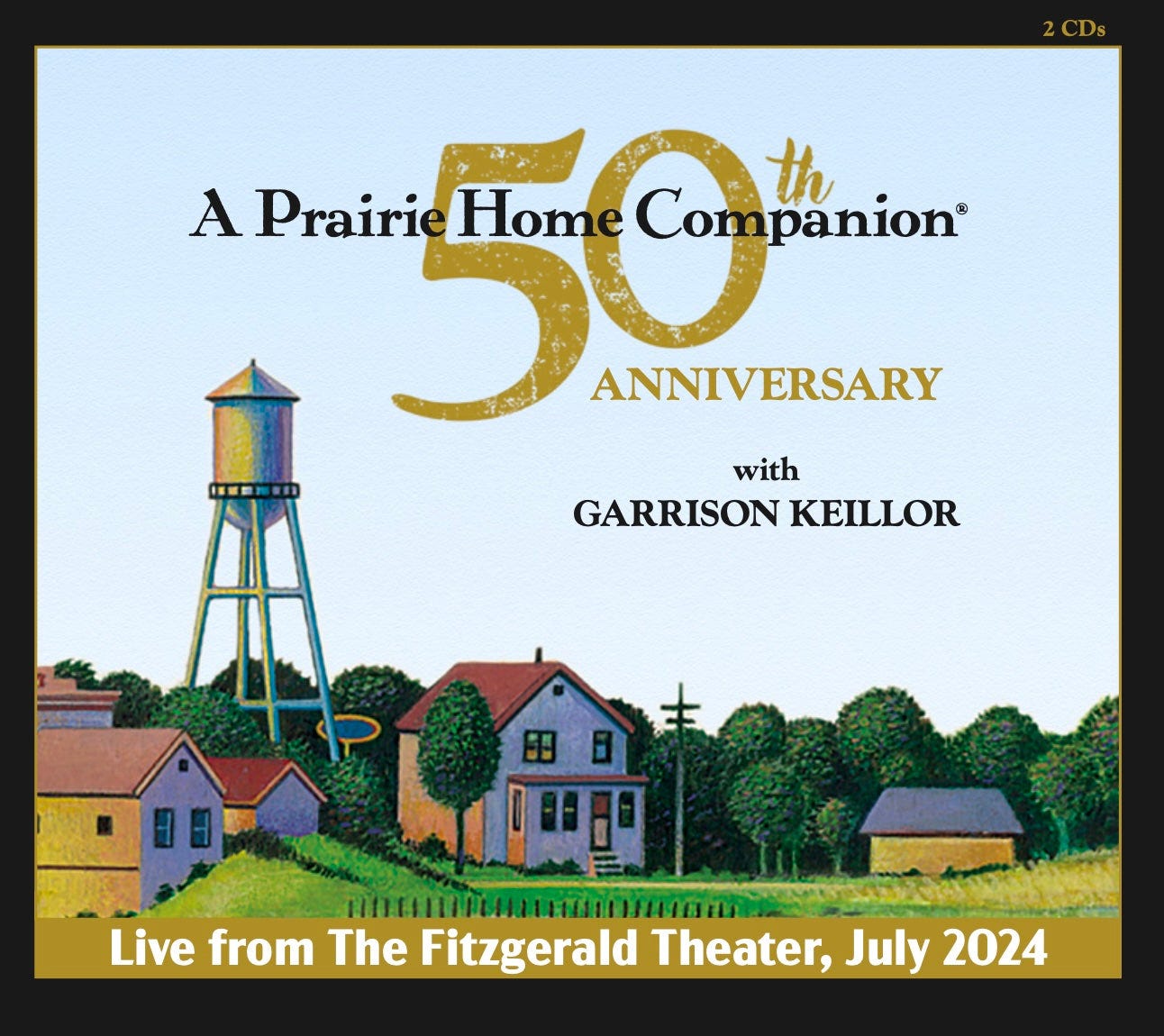The Writer's Almanac from Friday, November 1, 2013
"All Saints" by Barbara Crooker, from Gold. © Cascade Books, 2013.
ORIGINAL TEXT AND AUDIO - 2013
Today is All Saints' Day, and Pope Julius II chose this day in 1512 to display Michelangelo's paintings on the ceiling of the Sistine Chapel for the first time. It took Michelangelo four years to complete the paintings that decorate the ceiling of the chapel. The paintings are of scenes from the Old Testament, including the famous center section, "The Creation of Adam." The chapel itself was built about 25 years earlier, and various Renaissance painters were commissioned to paint frescos on the walls.
Michelangelo was 33 years old at the time, and he tried to point out to the pope that he was a sculptor, and not really a painter, but the pope wouldn't listen. Michelangelo used his skills as a sculptor to make the two-dimensional ceiling look like a series of three-dimensional scenes — a technique that was relatively new at the time. It took him four years to finish the job, between 1508 and 1512. He worked from a scaffold 60 feet above the floor, and he covered about 10,000 square feet of surface. Every day, fresh plaster was laid over a part of the ceiling and Michelangelo had to finish painting before the plaster dried.
The German writer Wolfgang von Goethe wrote, "We cannot know what a human being can achieve until we have seen [the ceiling of the Sistine Chapel]."
The Arecibo Observatory opened on this date in 1963. At a diameter of a thousand feet, it's the largest single-aperture telescope ever built. It's also got the largest focusing dish in the world, which gathers electromagnetic waves from space. Located near the city of Arecibo in Puerto Rico, it's close to the equator, which enables it to "see" (via radio waves) all the planets in the solar system; within six months of its opening, it enabled scientists to study the rotation rate of Mercury and determine that it rotated every 59 days, rather than 88 as was previously thought. It's also been used for military purposes like locating Soviet radar installations by tracking their signals as they were reflected off the moon. It's provided the first full imaging of an asteroid and also led to the first discovery of planets outside our solar system.
In 1999, it began collecting data for the SETI Institute; SETI stands for "search for extraterrestrial intelligence," and the organization looks for deliberate radio or optical signals from other planets. The Arecibo Observatory also sends data over broadband to the home and office computers of 250,000 volunteers, who, through the Einstein@Home program, donate their computers to be used for data analysis during periods when they would otherwise be idle. A year ago, three such volunteers in Iowa and Germany discovered a previously unknown pulsar, 17,000 light years from Earth.
The United States Weather Bureau made its first forecast on this date in 1870. President Ulysses S. Grant had signed a joint resolution of Congress back in February of that year, allowing the Secretary of War to form a weather service within the Army. It was generally agreed that the military was the best bet for conveying accurate and timely information; first called "The Division of Telegrams and Reports for the Benefit of Commerce," the service was part of the Signal Corps. At 7:35 a.m. on November 1, 24 government observers across the country made weather observations and transmitted them to Washington, D.C., and other cities via telegraph. A week later, the infant Weather Bureau issued its first "cautionary storm signal," warning of potential storms on the Great Lakes. The weather bureau eventually became a civilian enterprise, moving to the Department of Agriculture in 1890, and to the Department of Commerce in 1940.
The first medical school for women opened in Boston, Massachusetts, on this date in 1848. It was started by Samuel Gregory, who named it the Boston Female Medical College. The first class — 12 women in all — graduated just two years later, in 1850. Gregory's own formal medical training consisted of a summer lecture course that he had taken in anatomy and physiology. He wasn't remotely a supporter of women's rights, but he believed it was unseemly for male doctors to assist women in childbirth, so the college was mostly intended to serve as a school for midwives at first. In 1856, the school's name was changed to the New England Female Medical College; it named among its graduates Rebecca Lee Crumper, the first African-American to earn a medical degree, which she did in 1864.
Be well, do good work, and keep in touch.®
A Prairie Home Companion 50th Anniversary Celebration (2 CDs) PRE-ORDER
Regular price$26.95 $21.95 Sale
Garrison Keillor, Heather Masse, Christine DiGiallonardo, Sue Scott, Tim Russell, Fred Newman, Richard Dworsky, Pat Donohue, Bryan Sutton, Richard Kriehn, Chris Siebold, Lawrence Kohut





